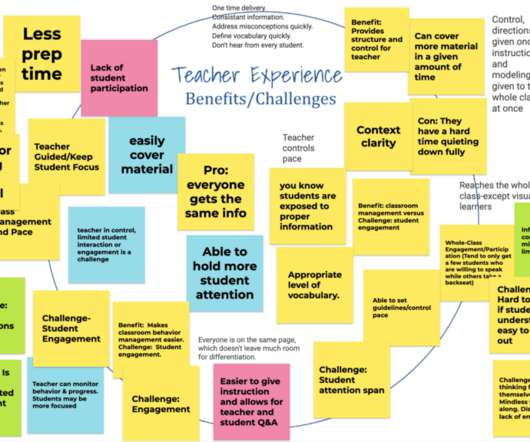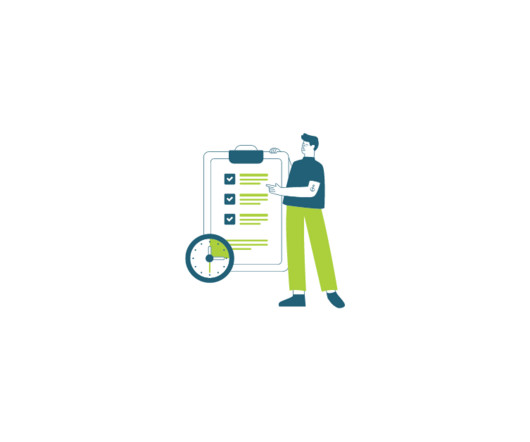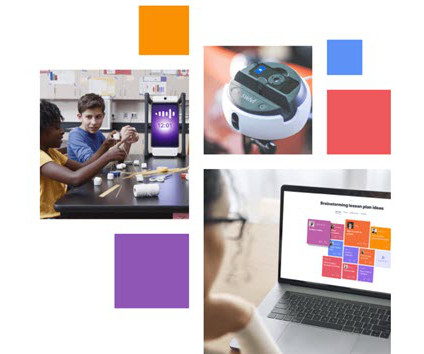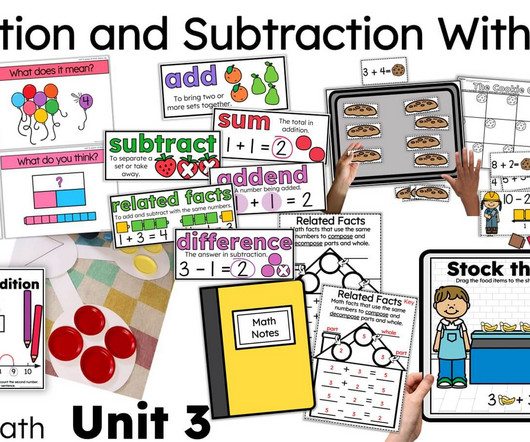Combatting the Challenges of Whole Group Lessons with Blended Learning
Catlin Tucker
OCTOBER 5, 2021
I hope that a close examination of this approach to designing and facilitating lessons will motivate teachers to explore alternative models that free them from the front of the room. Pain Point: Teachers are frustrated by a lack of student engagement and motivation. Consuming new information (e.g.,














Let's personalize your content